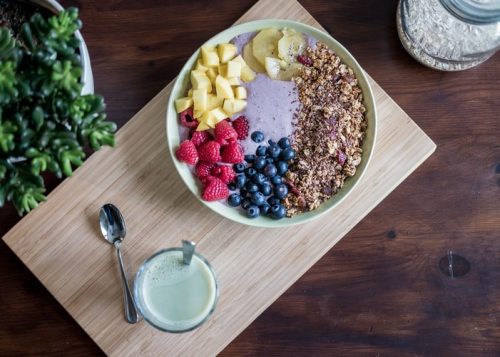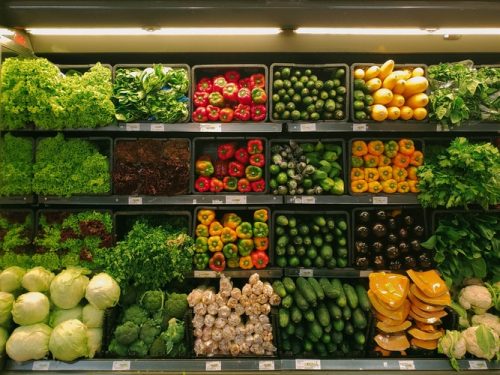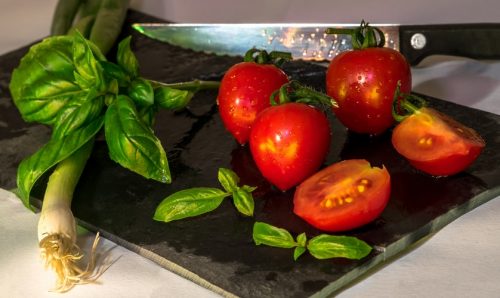Almost all countries ordered city-wide lockdowns to contain the spread of COVID-19. This lockdown meant lessened supplies, decreased workforce, several closed restaurants and stores, and fewer trips to the market. For families with children, it was a meal planning frenzy. This statement is most especially relatable to people who often turn to fast food chains. Everybody had to figure out a game plan for supply runs and ration the supplies they could buy.
Since it seemed impossible to keep hoping for fast food deliveries, people started grappling with home-cooked meals. Here are a few tips for healthy and safe lunches to help you ease in the meal prepping during a pandemic.
What’s On The List?
- A Healthy Meal Plan
Prepare a grocery list based on your family’s likes and preferences. Visualize what you’ll have for breakfast, lunch, or dinner. Make a list of meals they like suitable for the number of days until your next trip to the supermarket. This tip helps you avoid going back out too soon. Corresponding to each meal are the ingredients and quantities to make grocery shopping quicker and efficient.

Source: unsplash.com
“Limit purchases of tempting foods like chips, sodas, cookies, and ice cream. They are high in empty calories and run up your grocery bill,” according to American Society for Nutrition members Carol Byrd-Bredbenner, Ph.D., RD, FAND and collaborators. Aside from that, cut out highly processed food from your diet. These are your packaged snacks, ready-to-eat meals, and desserts.
While on a supply run, try to get in and out of the grocery as fast as you can. Therefore, create a grocery list of healthy meals in mind. Take note of the supply shortage, so be flexible with your meals and already have in mind replacement meals or ingredients.
- Eat Your Fruits And Vegetables
Green leafy vegetables may be hard to come by these days, but when they’re in stock, better take what you can finish. An alternative for this is frozen fruits and veggies. They may have lesser nutrients and vitamins compared to fresh ones, but they will last longer. You may also cook fresh vegetables into soup, allowing an extra couple days worth of serving.

Source: unsplash.com
- Canned Goods As A Replacement
In the event fresh produce like fish or vegetables aren’t available, you may opt for canned foods. Canned chickpeas, veggies like tomatoes, beans are a good source of glow food. They are easy to store and prepare. For your grow food, you may choose to swap fresh seafood with canned tuna, mackerel, sardines, etc. These choices are high in Omega 3 fatty acids, and protein. Quickly whip up a sandwich or salad with the canned goods in your home.
- Find Healthy Snacks
Everybody tries to avoid snacking, and everyone fails consistently. Snacking is a favorite pastime, so stock up on healthy snack options like yogurt, crackers, nuts, cheese, or dried fruits.
Practicing Food Prep At Home
- Washing Food
It’s good to see people become more careful in handling their food, but sometimes they go overboard. Other people wash their meat, poultry, seafood, and eggs in water or juices. This food preparation practice is highly unrecommended by experts. It may promote bacteria from raw meat and poultry to spread to other utensils, surfaces, or clothing. Experts refer to this as cross-contamination.

Source: unsplash.com
The Food and Drug Association advises consumers to wash their hands thoroughly before rinsing their whole vegetables and fruits only. Wash these items under running water and rinse them off with a clean cloth or paper towel. It is also acceptable to mix baking soda in the rinsing water as they wash away pesticides. Never use soap or detergent to “clean” your food. You may unknowingly introduce chemicals to the food you eat.
- Kitchen Hygiene
Keep your kitchen space clean from unwanted bacteria or other harmful elements. Frequently wash utensils and kitchenware with hot, soapy water every after use. Avoid reusing plates or cutting boards to cooking different food like veggies then seafood.
- Cooking, Serving, And Storing Food
Each type of raw meat has different temperatures safe enough for cooking and consuming. Make sure to cook meat, poultry, or seafood to a safe minimum internal temperature. When serving food, they should be warm at 140°F or warmer. Another tip people tend to forget to allow cooked food to cool before refrigerating them.

Source: unsplash.com
It’s quite overwhelming to switch toward planning and cooking your food. We’ve been used to eating a mix of comfort food, fast food, and junk food. And now, healthy meals require an acquired taste. We urge you to choose healthy options and snacks and practice proper food preparation practices at home. During extraordinary times, a healthy immune system may save you from contracting the disease.